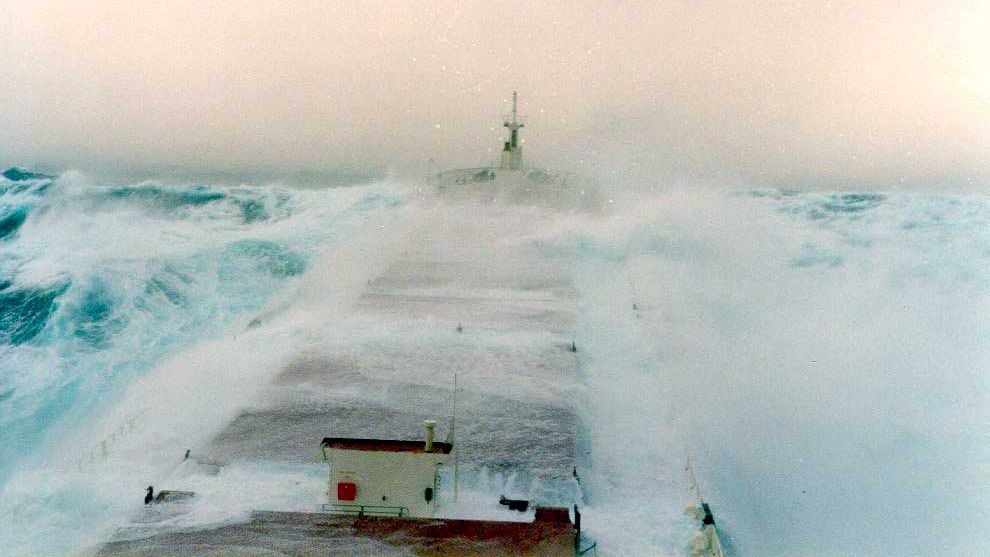BDI Hits 317, Japanese Bulk Operators Book Losses

In trading Friday, the benchmark Baltic Dry Index (BDI) fell again to 317, down 170 points since December, down or level at record lows every day this year, and down 97 percent from a peak of 11,793 in May 2008.
The record low day rates – well below profitability, analysts say – are creating significant losses for dry bulk operators and for diversified firms with exposure to the sector, and many are choosing to scale back or exit their bulk shipping businesses.
Allied Shipbroking recently estimated that given current demand levels, the global fleet needs to be reduced by as many as 1,400 vessels, or about one in every seven worldwide, bringing the count back to a level not seen in four years.
"This might sound to some as too high a figure and it is likely that a reasonable figure would be somewhere between two and fifteen percent," said George Lazaridis, head of market research and asset valuations at Allied Shipbroking, speaking to shipping media.
Bulker operator Zodiac has reportedly followed this advice in recent weeks, sending two vessels to the scrappers, and others are predicted to follow suit. A new record level of capesize scrapping is expected this year, after a record 14-15 million dwt was sold for demolition last year, said Ralph Leszczynski, head of research at Bancosta. “The lack of long-term optimism will probably prompt even less older tonnage to be considered for scrapping,” one executive told media.
For those with exposure, financial performance has been correspondingly low. The latest round of bad news from bulker operators came from Japanese firms Kawasaki Kisen Kaisha (K Line), Nippon Yusen Kaisha (NYK) and Mitsui OSK Lines (MOL), all in profit statements released January 29.
MOL predicted losses in the range of $1.4 billion for the fiscal year ending April 2016, despite a modest profit of $110 million through the third quarter, reflecting fourth quarter writedowns predicted in structural reforms including vessel asset sales (both bulkers and container ships). “The Company expects to record an extraordinary loss of up to approximately [$1.5 billion] in the fourth quarter of this fiscal year, due to costs for the business structural reforms including disposal of vessels,” the firm said in an outlook statement January 29. “In regard to dry bulkers, the Company is further reducing the number of free Capesize vessels, while withdrawing from offering excess tonnage in the free-vessel market for Panamax and other mid- and small-size bulkers.”
K Lines announced profitability, but at a 60 percent fall in profit year over year for the third quarter, to $130 million, and forecast a drop for full year performance to $58 million from an earlier prediction of $100 million.
“In the containership business, freight rate market slumped as the gap between tonnage supply and demand widened . . . In the dry bulk business as well, freight rates stagnated at record-low market levels as an oversupply of vessels overlapped a retreat in demand due to the slowdown in the Chinese economy and other factors,” the firm said.
NYK Lines also had some bad news linked to its bulker operations: “Net income attributable to owners of the parent company fell by $50 million, or 20 percent, mainly due to an extraordinary losses resulting from the impairment loss of dry bulk carriers.” Unlike its Japanese competitors, NYK was able to offset the loss from its bulk business with extraordinary income from the sale of U.S.-based Crystal Cruises. The firm also cut its FY2015 forecast for net income attributable to owners of the parent company by 50 percent.
But where there are distressed assets, there may be opportunity. For those with capital to invest now, and with a creative way to generate revenue from bulker shipowning, the prices for newbuild and used vessels may be lower than they have been “in a generation.” The China Newbuilding Price Index, which tracks Chinese newbuild prices from brokers all around the globe, has hit an all time low, general manager Liu Xunxiang recently told media.
Dry bulk vessels are the most affected class, he said, tracking the BDI's fall. “40% of Chinese shipyards’ bulker deliveries were delayed in 2015, and that percentage might be increased in 2016.” And analysts note that newbuilds sold by owners upon delivery – a category predicted to grow – are typically even cheaper than shipyard prices.
